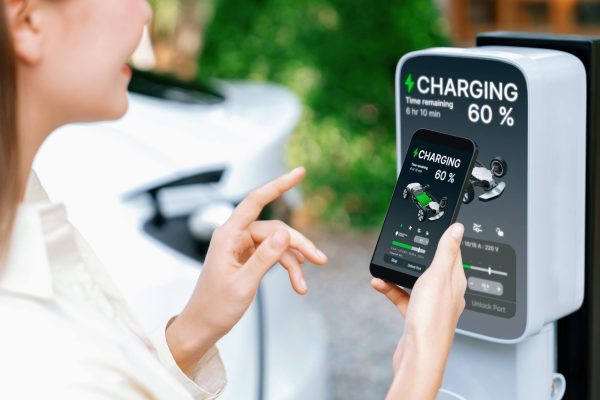Picture your local high street. Imagine it transformed with convenient electric vehicle charging points integrated seamlessly into lamp posts, parking bays, and community hubs. This isn’t a distant dream—it’s becoming a reality as local authorities across the UK take charge of their EV infrastructure planning.
Understanding Local Authority Powers
The UK government’s Electric Vehicle Infrastructure Strategy makes it clear that local authorities play a pivotal role in delivering charging infrastructure. Much like orchestrating other essential street services, councils are ideally positioned to understand where charging points are needed and how they can best serve local residents, businesses, and visitors.
According to Department for Transport statistics, around 24% of households with vehicles in England park on the street overnight. This means local authorities need to ensure these residents aren’t left behind in the transition to electric vehicles.

Securing Funding and Support
Local authorities aren’t expected to go it alone. The government committed over £500 million in funding support between 2022 and 2025 to help councils plan and deliver local charging infrastructure. This included the £450m Local EV Infrastructure (LEVI) Fund and continued support through the On-Street Residential Chargepoint Scheme.
Making It Happen
The process typically involves three key stages:
Strategic Planning
First, councils need to develop local EV charging strategies. These should identify areas of need, considering factors like residential parking patterns, local business requirements, and visitor demands. The strategy should align with broader transport plans while ensuring charging points don’t obstruct pavements or create hazards.
Engagement and Consultation
Local authorities are expected to engage with residents, businesses, and energy network operators to understand specific needs and constraints. This might involve public consultations, surveys, or working with local business groups.
Delivery and Implementation
With strategy and consultation complete, councils can access government funding and work with private sector partners to install and maintain charging infrastructure. Many are choosing to bundle high-demand areas with lower-usage locations to create commercially viable packages for operators.
Success Stories
Some councils are already leading the way. For example, Plymouth City Council has taken a multi-faceted approach, developing a network of 50 mobility hubs, including EV charge points, e-bikes, and car club vehicles through the Transforming Cities Fund. They’re also working with Connected Kerb to deploy 50 on-street charge points using funding from the On-Street Residential Chargepoint Scheme.
Looking Ahead
The government is considering making it mandatory for local authorities to develop and implement charging infrastructure strategies. This would ensure all areas of the country are prepared for the transition to electric vehicles, supporting the 2030 ban on new petrol and diesel car sales. For those interested in understanding the environmental impact of their current vehicles, the Carbon dioxide emissions calculator: diesel and petrol provides a useful tool to compare emissions from different fuel types. This data can help residents and local authorities make informed decisions about the urgency of transitioning to electric vehicles in their area.
For residents wanting more charging infrastructure in their area, the first step is to engage with their local council. Many authorities now have dedicated EV infrastructure teams or officers who can explain local plans and how residents can influence them.
Through careful planning, community engagement, and support from central government, local authorities are transforming our streets to support the electric vehicle revolution—one chargepoint at a time.
